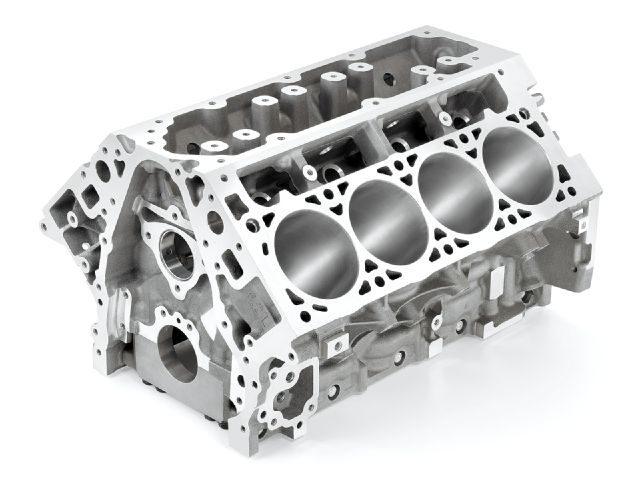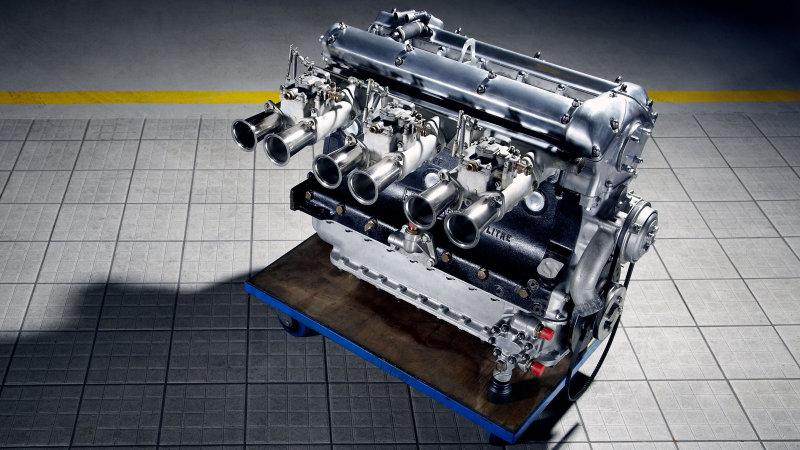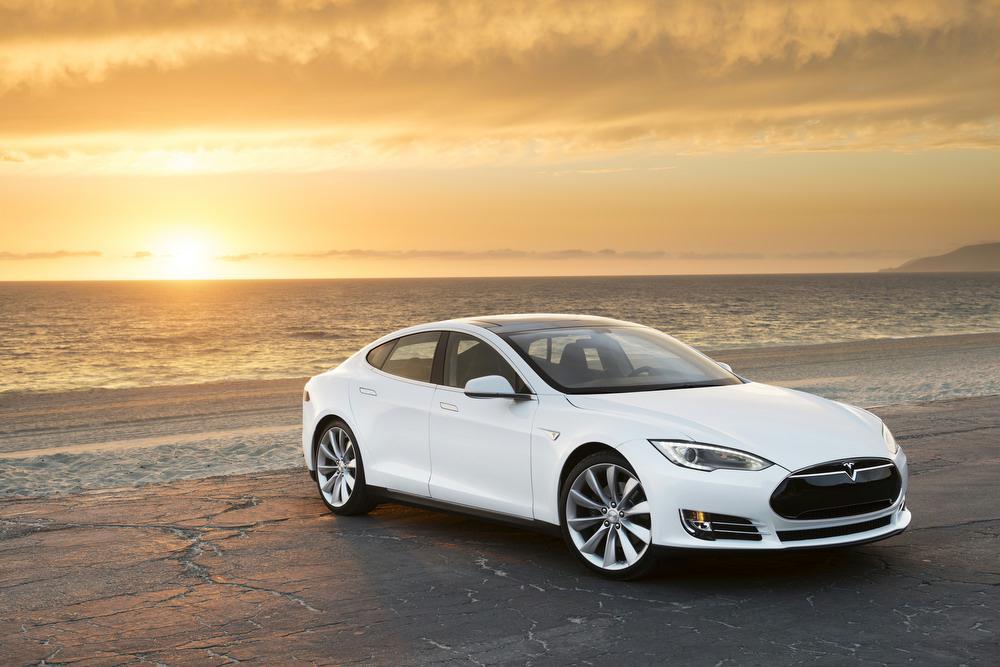4 Cylinder vs 6 Cylinder – What are the Differences?
When buying a vehicle, whether it’s a brand new Mercedes-Benz or a used Toyota Camry, you have to understand the type of engine it has and how it is better or inferior to other types. The most popular categories are four and six-cylinders. Having an in-depth knowledge of 4-cylinder vs 6-cylinder will help you make an informed purchase decision.
What Is a 4-Cylinder Engine?
A four-cylinder car engine is a type of internal combustion engine that has four cylinders arranged in a straight line, V-shape, or horizontally-opposed configuration. Each cylinder contains a piston that moves up and down, converting the energy from fuel combustion into rotational energy that powers the vehicle’s wheels through the transmission.
Four-cylinder engines are commonly used in smaller and more fuel-efficient cars because they are lighter, more compact, and require less fuel than larger engines with more cylinders. They can also be designed to produce high levels of power and torque, making them suitable for performance-oriented vehicles as well.
Besides these benefits, 4-cylinder engines still have some drawbacks: higher emissions, and less efficiency when driving at low speeds.

What Is a 6-Cylinder Engine?
6-cylinder engines have the same displacement with all other things being equal like 4-cylinder engines. A 6-cylinder engine features 6 pistons inside the engine mechanism. However, there are differences between a straight-six and a V6 engine. The former one offers great driving balance and easier access for maintenance while the latter one is more compact and fits better in front-wheel drive applications. The supercars these days are littering with V6 engines. You will find them in crowd favorites like Acura NSX, Nissan GT-R, and more. Like other types of engines, 6-cylinder engines also have the pros & cons:
Pros:
- Power: Six-cylinder engines tend to produce more power and torque than four-cylinder engines, which can provide better acceleration and towing capabilities.
- Smoothness: Six-cylinder engines typically run more smoothly than four-cylinder engines because they have more cylinders firing in a sequence, which can result in less vibration and noise.
- Refinement: Many six-cylinder engines are designed with advanced technologies like variable valve timing and direct injection, which can improve fuel efficiency and reduce emissions.
- Performance: Six-cylinder engines are often used in high-performance and luxury vehicles because they can provide a balance of power, smoothness, and refinement.

Cons:
- Fuel economy: Six-cylinder engines tend to consume more fuel than four-cylinder engines, which can result in higher operating costs.
- Cost: Six-cylinder engines are typically more expensive to manufacture than four-cylinder engines, which can increase the cost of the vehicle.
- Weight: Six-cylinder engines are generally larger and heavier than four-cylinder engines, which can affect the vehicle’s handling and balance.
- Maintenance: Six-cylinder engines may require more maintenance than four-cylinder engines, including more frequent oil changes and tune-ups.
4 Cylinder vs 6 Cylinder – The Differences
The number of cylinders refers to nothing more than the number of pistons inside the engine. So, when you are trying to grasp the concept of 4-cylinder vs 6-cylinder engines, the first thing you have to understand is that the different names refer to the number of cylinders. However, that difference in cylinder numbers also influences the performance factors.
Performance
The six-cylinder versions are more powerful than their four-cylinder counterparts. They are bigger, faster, and suit better the racing cars. The four-cylinder engine is smaller and cannot produce that much power. However, modern 4-cylinders have more power than their predecessors because of technological advances.
Read more:
For example, an old 6-cylinder in a 2007 Hyundai produces 185 horsepower. You will get the same power from a Hyundai Santa Fe Sport featuring a 2.0-liter engine. The turbocharged model can deliver even more power – 240 horsepower. So, it’s always better to buy a new 4-cylinder than an old model car with a 6-cylinder engine.

Fuel efficiency
A four-cylinder will always be a budget buy because it burns less fuel and fits in smaller cars. If you don’t imagine yourself as Michael Schumacher whenever you drive on an empty highway, buy a 4-cylinder car and save a significant amount on your car budget.
Carbon emissions
If you think about the environment and are conscious about your carbon footprint, a hybrid car is the best option. But, if the budget does not allow, purchase a 4-cylinder car instead. It is a good alternative since it releases less pollutants into the air. The turbocharged version has even better fuel efficiency and less carbon emission.
Applications
Six-cylinder models are more suitable for vehicles with larger engines because the extra power helps in moving their heavy structures. On the other hand, smaller, compact cars use 4-cylinders.
Understanding more about the differences between 4 cylinders vs 6 cylinders:
Final Thoughts:
The choice between a 4-cylinder and a 6-cylinder engine depends on various factors such as the vehicle’s intended use, performance requirements, and fuel efficiency goals. Four-cylinder engines are generally lighter, more compact, and more fuel-efficient, making them suitable for smaller and more economical cars. On the other hand, six-cylinder engines typically offer more power, smoother operation, and better towing capabilities, making them suitable for larger and more performance-oriented vehicles. Ultimately, the decision comes down to personal preference, and it is essential to consider all the factors before making a choice.














